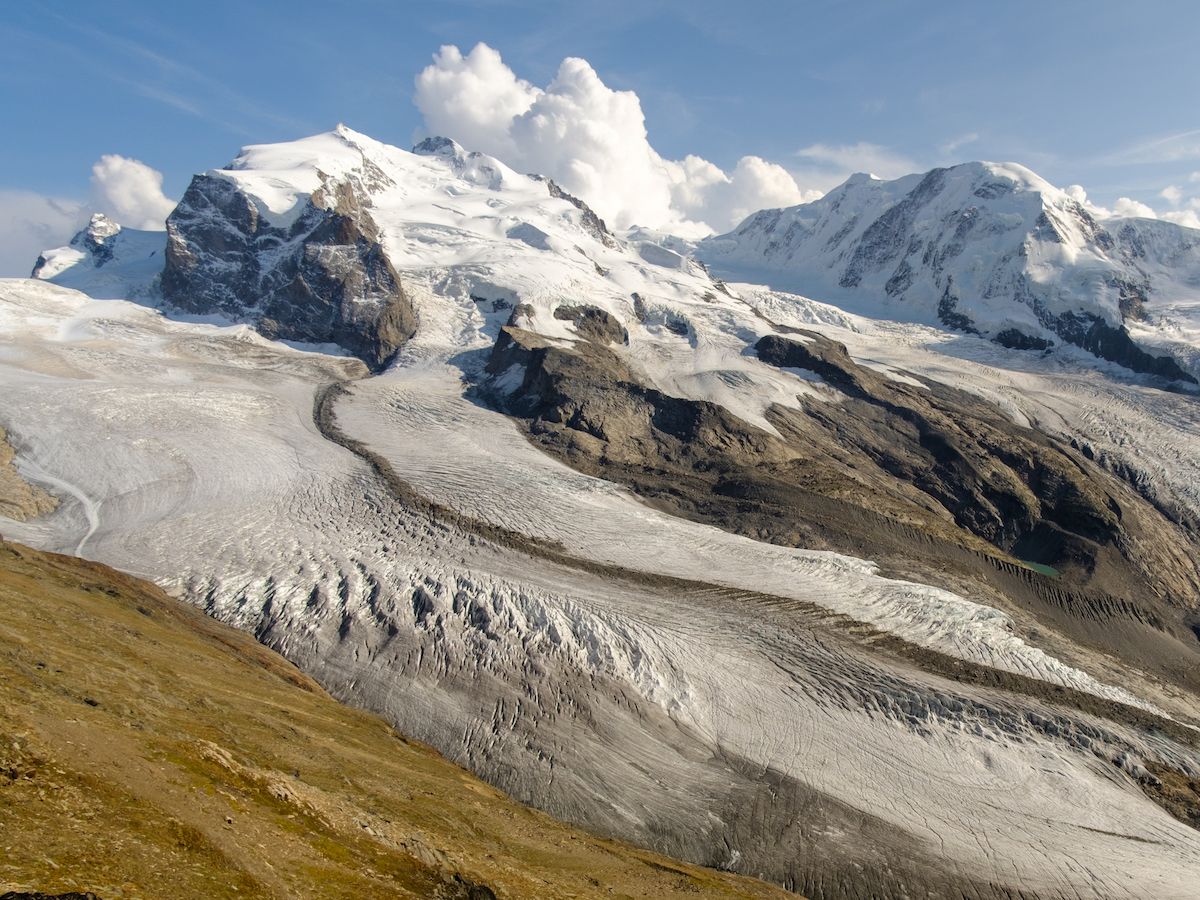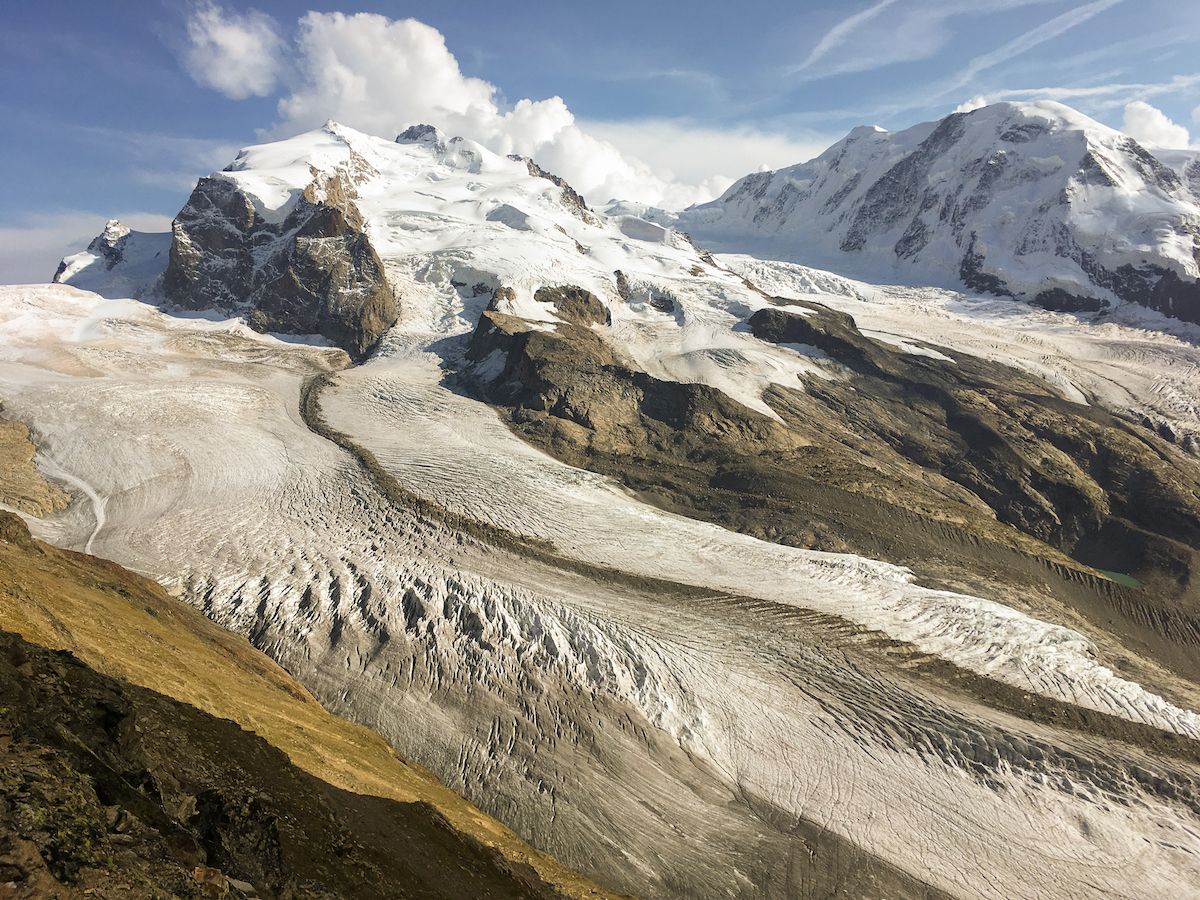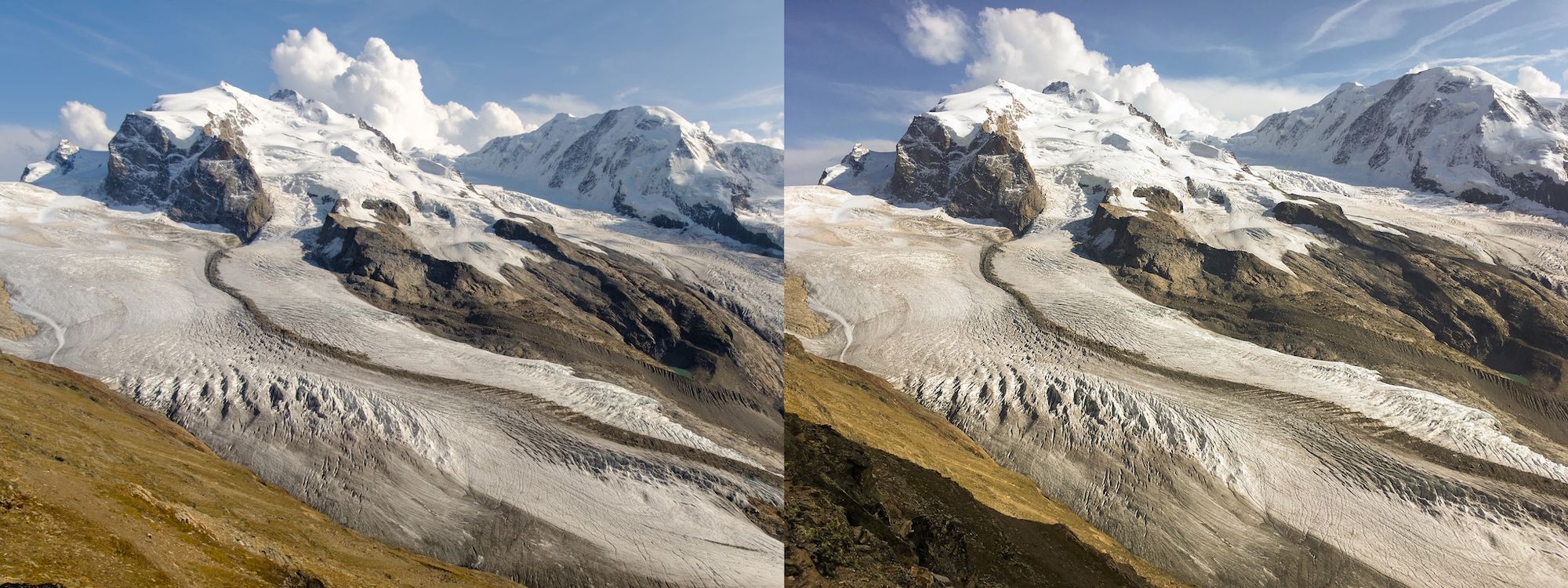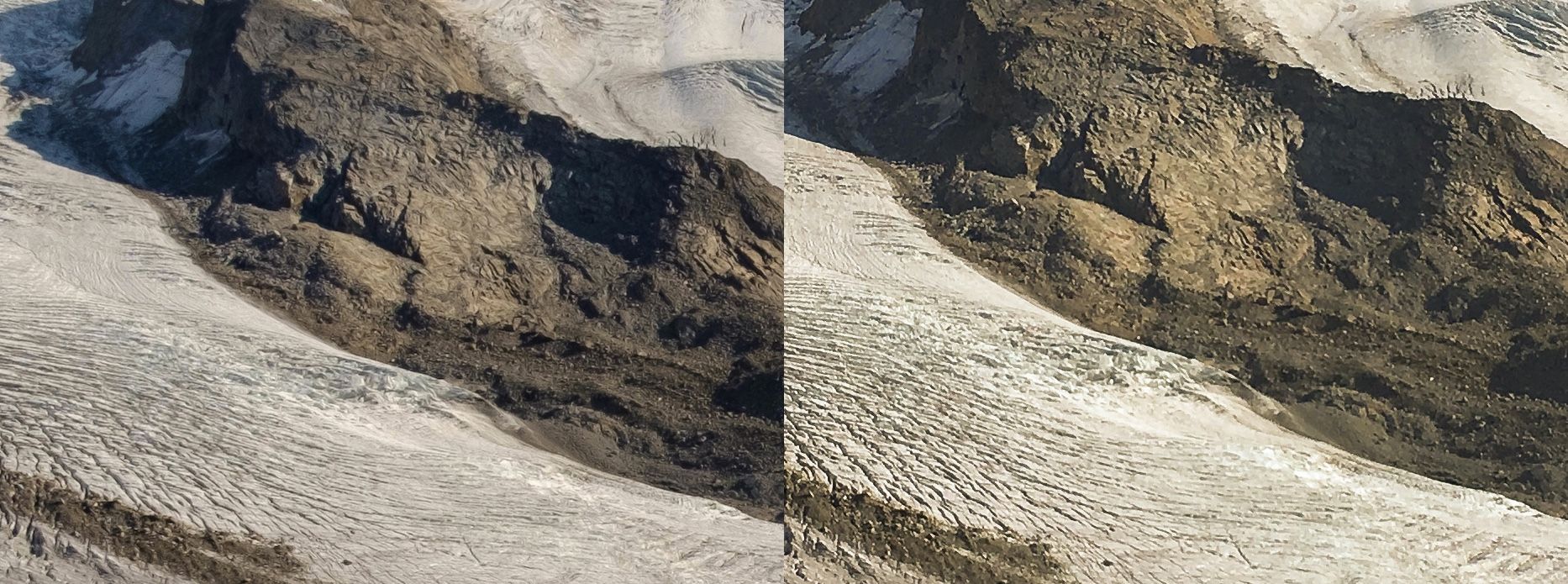Informal camera comparison: Fujifilm X-Pro2 vs. iPhone SE

The camera in your pocket is better than you think
For the last year and a bit, my digital camera of choice has been the Fujifilm X-Pro2. This is one of Fuji’s top-end mirrorless cameras, with an APS-C sensor, rugged weather-sealed body, and a range of useful features such as physical dials and a best-in-class hybrid optical/electronic viewfinder.
I have been using Fujifilm X-Series cameras since 2015, and have tried several models. The differences between them have proven relatively minor, and mostly boil down to variations in handling, control layout and build quality. Other than the jump from 16MP to 24MP in the X-Pro2, image quality is pretty much the same across the board (i.e. very good).
However, I own another digital camera, and it’s one I’ve used very little since I first got it in late 2016: the iPhone SE1. Why use it at all when I always carried a much better camera? That was my logic, but is the iPhone’s camera really that bad?
I was recently scanning through photos from my September 2017 trip to the Swiss Alps when I came across two photographs of the same subject, taken from a similar viewpoint and in similar light. One was created by my X-Pro2, the other my iPhone SE.
I think the comparison is interesting, although this is clearly not a scientific test:
- Perspective and composition are slightly different, as the images were captured at different points along the route;
- The X-Pro2 image has been processed from a Fuji RAF file, whereas the iPhone image is an out-of-camera JPEG;
- White balance is slightly different;
- Lighting is slightly different, although not dissimilar.
I have resized the X-Pro2 image to the same resolution (4032×3024) and cropped it to the same aspect ratio (4:3) as the iPhone image. I have edited both images to taste in Lightroom, in particular tweaking the X-Pro2 image to make it look as similar to the iPhone image as possible.
Click on the images for a full-resolution version with no compression.
X-Pro2 image
Lens: Samyang 12mm f/2
Settings: f/8, 1/280 shutter speed, ISO 200

iPhone image
Captured using the default iOS camera app
Settings: f/2.2, 1/3,300 shutter speed, ISO 25

Compared side by side
X-Pro2 on the left, iPhone on the right.

1:1 magnification (centre crop)
X-Pro2 on the left, iPhone on the right.

Conclusions
- When the images are viewed side by side, they look quite similar in my opinion, and both good in their own way.
- The iPhone image seems to have a bit more bite, although that’s probably due to lighting more than anything else.
- The colours are perhaps slightly more true to life in the X-Pro2 image.
- When pixel-peeping at 100% (which only camera nerds actually do), the X-Pro2’s image holds more detail. This means that significant enlargements from the X-Pro2 will look better. At smaller sizes it makes no difference.
- The X-Pro2 has double the resolution of the iPhone (24MP vs. 12MP). This will also have an impact on enlargement quality.
- A scene like this, bright and without too much contrast, plays to the strengths of a small-sensor smartphone camera. It’s no surprise that the real-world difference between the two images is only apparent when they’re examined at 1:1 magnification.
- In low or difficult lighting, the much bigger sensor of the X-Pro2 – and its better dynamic range – will cope better and yield higher-quality images. However, the auto HDR mode to be found in many modern smartphones is surprisingly capable, and can help make up for the physical deficiencies of a small smartphone sensor.
- Many smartphones can also shoot in RAW now, which can yield even more fine detail when carefully processed.
My conclusion from this informal test is that the iPhone SE’s camera is better in typical backpacking scenarios than I’d given it credit for. Handling is of course completely different, the phone isn’t weather sealed, and the iPhone’s image quality will fall apart in poor or very contrasty lighting, but I’d say it’s 75% as good as a ‘real’ camera 75% of the time, which isn’t bad.
- For reasons completely unrelated to the camera it’s equipped with, I haven’t been carrying a smartphone in daily life since October 2017. My phone of choice is currently the new version of the Nokia 3310, which has a terrible camera. However, I’ll probably still be carrying the iPhone SE when it counts: on backpacking and mountaineering trips. ↩
Alex Roddie Newsletter
Subscribe here to receive my occasional personal newsletter in your inbox. (For the fun stuff, please consider subscribing to Alpenglow Journal instead!)



